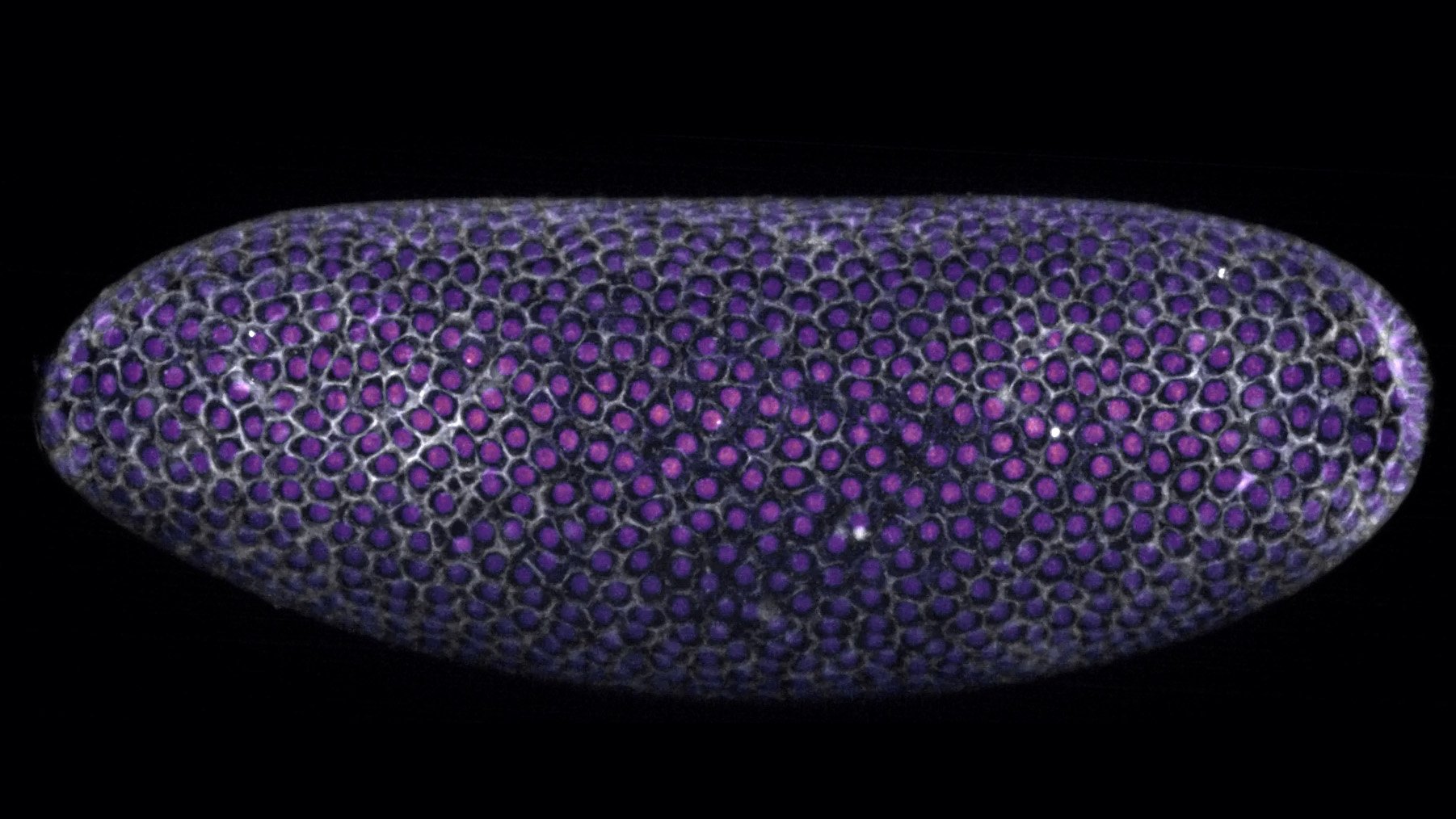Nowe badanie rzuca światło na genetyczne pochodzenie rozszczepu wargi i podniebienia


Rozszczep wargi i rozszczep podniebienia to wady wrodzone, które występują, gdy tkanka tworząca wargę i podniebienie nie łączy się prawidłowo podczas rozwoju. Rozszczep wargi to przerwa lub pęknięcie w górnej wardze, podczas gdy rozszczep podniebienia to przerwa lub pęknięcie w podniebieniu.
Naukowcy z Uniwersytetu w Bonn odkryli wskazówki dotyczące przyczyn leżących u podstaw tego stanu.
Rozszczep wargi i podniebienia to powszechne wady wrodzone, które zostały powiązane z przyczynami genetycznymi, chociaż konkretne geny nie zostały jeszcze zidentyfikowane. Niedawne badania prowadzone przez Uniwersytet w Bonn ujawniły nowe korelacje, stwierdzając, że mutacje w pobliżu znanych genów, takich jak SPRY1, mogą przyczyniać się do zwiększonego ryzyka choroby. Ponadto badanie sugeruje przyczynową rolę czynnika transkrypcyjnego muskuliny. Odkrycia te zostały niedawno opublikowane w czasopiśmie Postępy w genetyce człowieka i genomice.
W przypadku rozszczepu wargi i podniebienia tworzenie się okolicy jamy ustnej jest upośledzone podczas rozwoju embrionalnego. Do tej pory wiadomo, że ponad 45 segmentów genetycznych zawiera wspólne warianty ryzyka. „Teraz znaleźliśmy również wzbogacenie rzadkich wariantów, zwłaszcza nowych mutacji, w dwóch z tych regionów” – mówi dr Kerstin U. Ludwig, szef grupy Emmy Noether w Instytucie Genetyki Człowieka w Szpitalu Uniwersyteckim w Bonn.
Naukowcy wykorzystali ponadto nowatorskie metody analizy danych, aby znaleźć dowody na to, że czynnik transkrypcyjny muskulina również odgrywa pewną rolę. „Sugeruje to udział embrionalnego rozwoju mięśni twarzy w rozszczepie wargi i podniebienia” – mówi główna autorka Hanna Zieger, członkini zespołu Ludwiga. „Wcześniej podejrzewano to, ale jeszcze nie wykazano”.

Dr Kerstin U. Ludwig (po lewej) i doktorantka medycyny Hanna K. Zieger (po prawej). Źródło: Felix Heyder/Andreas Stein/UKB
Wiele badań genetycznych koncentruje się przede wszystkim na regionach genomu, które zawierają kod do wytwarzania białek. „Połączyliśmy różne podejścia, aby zinterpretować rzadkie warianty w 98 procentach, które nie kodują bezpośrednio białek”, mówi Ludwig. Jedno z tych podejść dotyczy tych regionów genomu, z którymi mogą wiązać się czynniki transkrypcyjne. Są to białka, które rozpoznają określone sekwencje zasad[{” attribute=””>DNA, dock to them and thereby influence the readout of neighboring genes. One such transcription factor is Musculin.
With her specially tailored evaluation methods, Zieger was able to show that the base sequence of the binding sites of Musculin is altered more often and to a greater extent in patients than in the control group. “The evaluation script written by Ms. Zieger can also be used for other diseases,” says Ludwig, who is a member of the Cluster of Excellence ImmunoSensation2.
Like a needle in a haystack
The team used publicly available genome sequencing data from the Gabriella Miller Kids First program of more than 200 children with cleft lip and palate and their parents. Together with the Berlin Institute of Health and the Max Delbrück Center for Molecular Medicine (Berlin), the researchers filtered out genetic variants that occur only in the affected children but not in their parents. More than 13,000 of these “new mutations” were collected this way. The researchers compared these with around 17,000 new mutations from families without the condition.
The aim was now to identify those new mutations in patients with cleft lip and palate that were significantly more common in the patients than in the control subjects. “This way, we were able to identify a section on chromosome 4. This section is close to the SPRY1 gene, which was already known to be a gene for cleft lip and palate due to common variants,” Ludwig summarizes.
The research group leader highlights the accomplishments of Hanna Zieger, who performed the study as lead author during her doctorate in medicine, much of it during the Coronavirus pandemic: “She has been learning the basics of data analytics at a tremendous speed and has programmed or adapted many of the analytics tools.” Currently, Hanna Zieger is completing a section of her practical year in Dresden before graduating with her third state examination in medicine in the spring. She also plans to pursue research after the completion of her studies.
These study results provide new insights into the biological mechanisms that contribute to cleft lip and palate. Next, the research team plans to further evaluate the Gabriella Miller Kids First program data set and use additional patient groups to clarify in more detail whether and how other transcription factors are also involved in cleft lip and palate and how the risk variants interact with each other.
Reference: “Prioritization of non-coding elements involved in non-syndromic cleft lip with/without cleft palate through genome-wide analysis of de novo mutations” by Hanna K. Zieger, Leonie Weinhold, Axel Schmidt, Manuel Holtgrewe, Stefan A. Juranek, Anna Siewert, Annika B. Scheer, Frederic Thieme, Elisabeth Mangold, Nina Ishorst, Fabian U. Brand, Julia Welzenbach, Dieter Beule, Katrin Paeschke, Peter M. Krawitz and Kerstin U. Ludwig, 5 December 2022, Human Genetics and Genomics Advances.
DOI: 10.1016/j.xhgg.2022.100166
In addition to the Institute of Human Genetics, the study involved the Institute of Medical Biometry, Informatics, and Epidemiology, the Department of Oncology, of the Medical Clinic III and the Institute for Genomic Statistics and Bioinformatics of the University Hospital Bonn, as well as the Berlin Institute of Health and the Max Delbrück Center for Molecular Medicine (Berlin). The BONFOR program of the Medical Faculty of the University of Bonn and the German Research Foundation funded the study.






